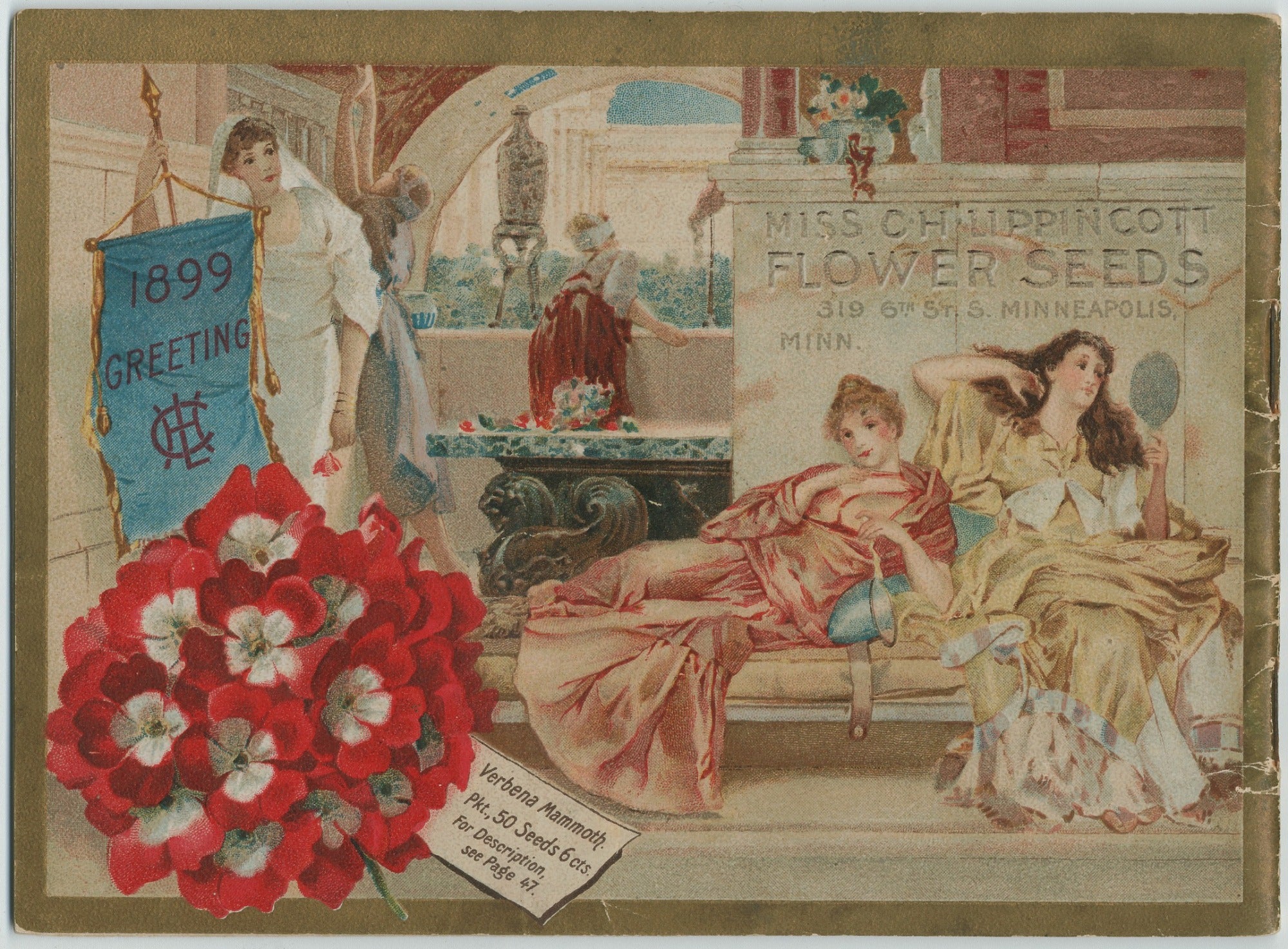Celebrate Open Access Week with the Biodiversity Heritage Library
The BHL's image-rich collections and deliberately inclusive scope make it an invaluable resource for researchers working in the sciences, the visual arts, history, global studies, and more.

Each year, the Penn Libraries observes International Open Access Week, a yearly celebration of open access to information organized by nonprofit OA advocate organization SPARC and taking place this year from October 23-29. This year’s theme is "Community Over Commercialization" and it’s a great opportunity to spotlight one of my favorite OA resources: the web-based Biodiversity Heritage Library (BHL) portal, a worldwide consortium of leading natural history and botanical libraries that collaborate to digitize a range of scholarly and general science materials from their collections. Their shared work creates a global "biodiversity commons" platform which would have otherwise been siloed in individual natural history institutions across the world.
Founded in 2006 and based at the Smithsonian Libraries and Archives in Washington, D.C., BHL member libraries include institutions such as the American Museum of Natural History; Harvard University Botany Libraries; the Library of Congress; Museum für Naturkunde, Berlin; National Library Board, Singapore; the Smithsonian; and the South African National Biodiversity Institute Libraries. This collaboration and commitment to digitizing and freely providing high-resolution files of their holdings was created to address a gap in access to natural history research, whose texts have traditionally been held in just a few libraries. As the organization’s website notes, "Scientists have long considered this lack of access to biodiversity literature as a major impediment to the efficiency of scientific research."
Through the site you can read texts online and download select pages or entire volumes as PDF files, choosing from tens of thousands of titles and over 60 million pages. For those looking to research art and design or users who prefer to browse visually, you can visit BHL’s companion Flickr site of 300,000+ images.
The large volume of scientific books and journals on BHL might make it appear as though it’s a specialized site for scientists, but the image-rich full-text collections and deliberately inclusive collection scope means that is also a resource for transdisciplinary researchers working in the visual arts, history, global studies, and more. I’ll highlight two collections that represent this transdisciplinary scope.
The first is the historic British periodical Curtis’s Botanical Magazine, published through London’s Royal Botanic Garden, Kew, since 1787 (more recent issues can be found in the Libraries’ catalog). Offering accurate botanical illustrations in richly colored plates, "the world’s longest running, continuously published botanical periodical featuring original colour illustrations of plants" focuses on newly discovered and introduced species of the time, reflecting the history of plant-hunting and global colonization by the British Empire.

The second example is one of the more than 88,000 seed and nursery catalogs in the portal. These catalogs were created by enterprising commercial nurseries like the C. H. Lippincott Nursery Company: "the first seed company in the U.S. to be founded and managed by a woman." Lippincott’s flower seed catalogs were created for women by women, depicting romantic 19th century ideals of white womanhood and childhood to entice and allure prospective buyers. They were often printed using the most modern color printing methods, making them useful artifacts of the history of illustration, advertising, printing, and publishing. Other ways one might use these materials could be to identify botanical motifs in objects or textiles, or to track aesthetic trends such as Orientalism through the new plant varieties that were sold and the ways they were marketed.
BHL focuses on findability of materials through thoughtful metadata including both scientific names and common names of species (such as Podophyllum peltatum or Mayapple) and optical character recognition for searchable text within the body of the work. Users can download citations in BibTeX and RIS formats, which can be imported into citation management tools. Many of the works included were published prior to 1928, which puts them in the public domain in the United States (currently calculated as current year minus 95 years). Items that are still in copyright have been added with the permission of the rights holder — often under a Creative Commons Attribution-NonCommercial-ShareAlike 4.0 International (CC BY-NC-SA 4.0) license. The license type is indicated in the metadata for each book in a "Copyright & Usage" box. Even works in the public domain or under a Creative Commons license must be attributed; BHL has clearly defined protocol for this and supplies a format for citations that includes naming the contributing library.
Cross-institutional digitization projects like BHL are just one path toward sharing scholarship openly and equitably. Recently launched OA initiatives at the Penn Libraries include an agreement with Sage Publishing to subsidize author publishing fees and expand accessibility to scientific research, and the creation of ScholarlyCommons, an open institutional repository that shares the research of the Penn community. Learn more about our all our open access endeavors in this blog post by my colleague Nick Okrent.
Featured Image: The Lepidoptera of Ceylon v.1. London, L. Reeve & co., 1880-1887.
www.biodiversitylibrary.org/item/110504
Date
October 23, 2023
